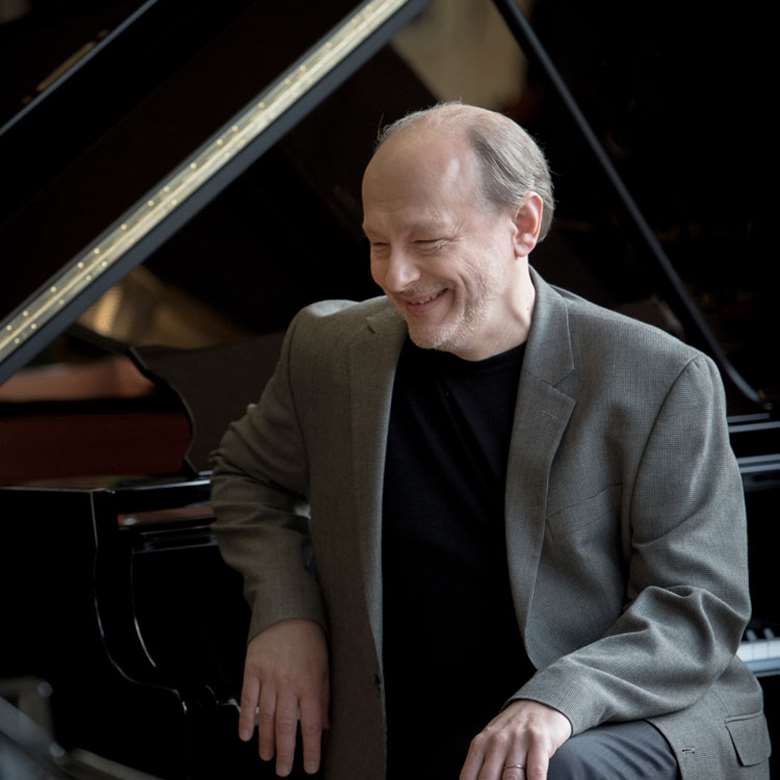Marc-André Hamelin: reinventing the repertoire
Harriet Smith
Thursday, September 21, 2017
For the virtuoso Canadian pianist Marc-André Hamelin, championing the lesser-known composers will always be at the heart of what he does, albeit with a little Rachmaninov and Schubert thrown in, writes Harriet Smith

Register now to continue reading
Thanks for exploring the Gramophone website. Sign up for a free account today to enjoy the following benefits:
- Free access to 3 subscriber-only articles per month
- Unlimited access to our news, podcasts and awards pages
- Free weekly email newsletter







